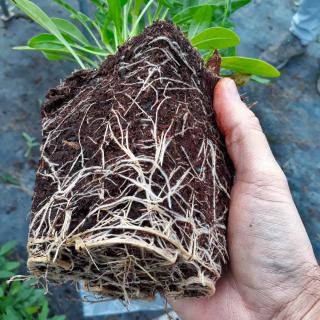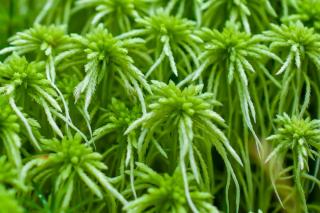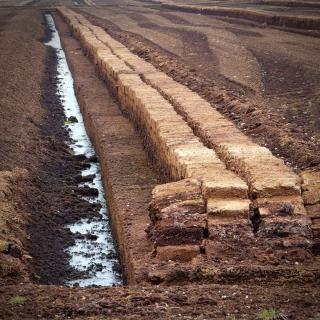

Peat is fossil organic matter, formed from plant debris. It is the major constituent of soils saturated in water like peat bogs.
Peat is a non-renewable resource, and peat extraction is highly regulated. Nature needs a full century to replenish a meager 2 inches (5 cm) of peat.
It has been traditionally used as the prime raw material for soil mix because of its excellent agronomic properties.
→ Read also: how to check what type of soil your garden is

It drains very well, but also locks a lot of water in its sponge-like texture, where plant roots readily absorb it.
Lastly, it’s slightly acidic, which makes it a great choice for all types of heath plants (known to grow in bogs originally).

Peat mining is a destructive practice. It destroys fragile environments that take millennia to recover.
To reduce this environmental impact today, you can use peat-free soil mix, or at least has a lower peat content.
These still boasts similar agronomic properties, but they’re produced from renewable sources instead.
→ For example, manufacturers add Brière black soil or also wood fibers such as Hortifibre.

Essentially, peat contains water and poorly decomposed organic matter which accounts for 80 to 90% of dried ash weight. Only 10 to 20% of the peat is completely decomposed organic matter.
Carbon content can reach up to 50% of the total (dry) weight, which historically made it possible to use peat for fuel to cook or heat the house in regions where it was abundant.
Today, production essentially comes from Europe (Northern Europe especially) and Canada.